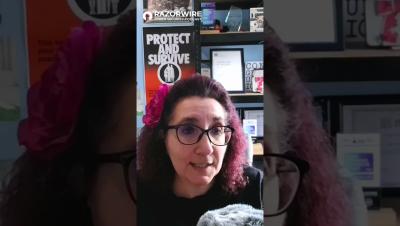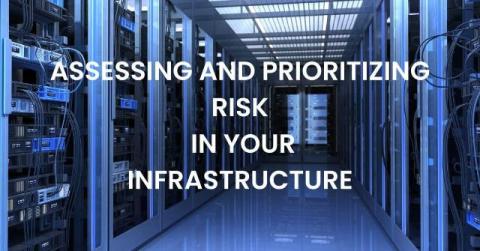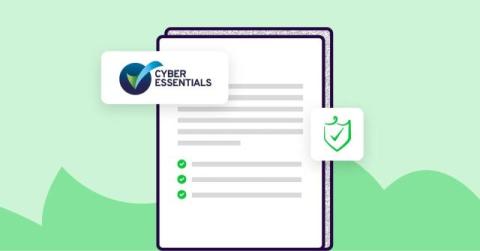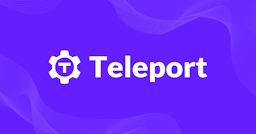Battling Imposter Syndrome in Cybersecurity: A Personal Journey | Razorthorn Security
Lisa Ventura shares her personal struggle with imposter syndrome and how it almost held her back from launching a cybersecurity association. Learn about her journey in overcoming self-doubt and raising awareness through an annual imposter syndrome day.










